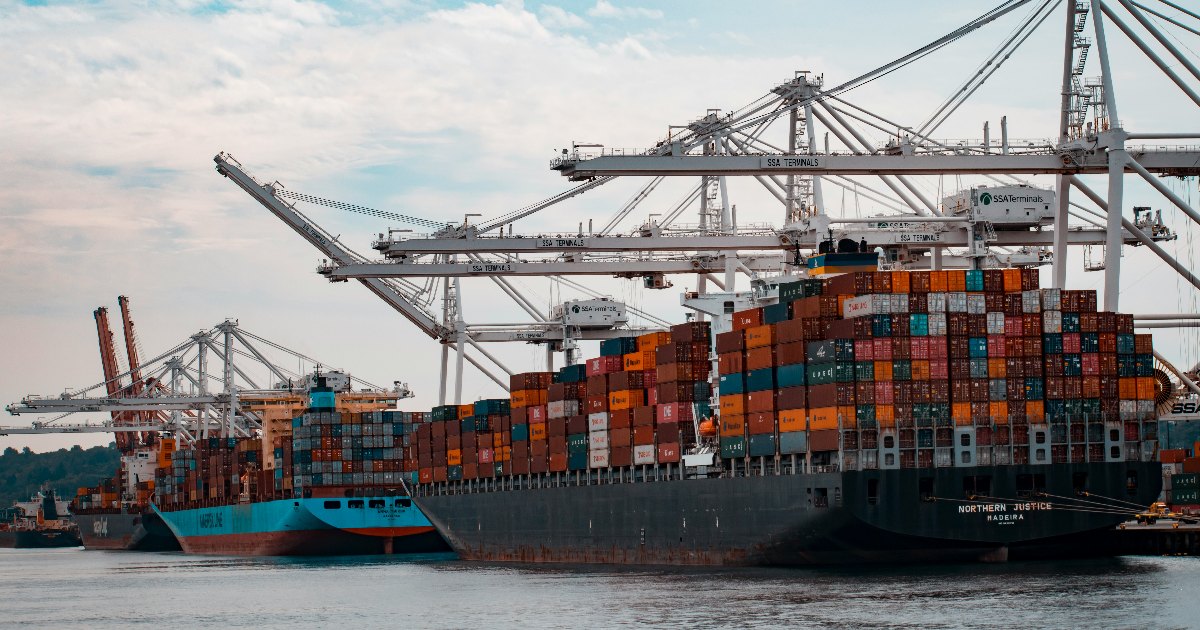In the first half of 2025, Vietnam’s economy made amazing progress with 7.52% GDP, the strongest mid-year performance since 2011 and coincided with a landmark trade agreement Hanoi, to avoid the heaviest U.S. reciprocal tariffs under President Trump’s proposed 46% rate with an arrangement that limited most duties to 20%.
Record Breaking Q2 Expansion
Vietnam’s momentum accelerated in Q2 as it achieved 7.96% year on year growth in 2023 that is the fastest second quarter growth since Q2 2022’s growth of 8.56%. The General Statistics Office praised this trend in the face of global uncertainties changing global trade patterns and regional slowdowns.
Export Powerhouse Amid Tariffs
Export growth remained the most robust source of growth. Vietnam’s total goods exports reached $219.8 billion while growing by 14.4% among which the most part was contributed by processed industrial goods nearly 90%. The increase demonstrates Vietnam’s commitment to global supply chains and strategic use of free trade agreements.
According to Nguyen Thi Huong, Director of the General Statistics Office, major sectors like industry, construction, services and agriculture made positive contributions in growth in their respective fields of 8.33%, 8.14% and 3.84%.
Economic Outlook & Policy Responses
The Government of Vietnam had targeted a 8 per cent annual growth rate by 2025. Although concerns about tariffs limited H1 growth to 6.93% and this was further downgraded in Q1, a strong rebound in H1 performance offset concerns. The Deputy Prime Minister Nguyen Hoa Binh referred to the H1 performance as “very positive”. Key drivers were strong exports, manufacturing, public investments and foreign direct investment (FDI).
In order to counter external uncertainty, Vietnam’s central bank maintained CPI inflation at moderate levels approximately 3-3.3% as structural reforms including administrative mergers which aim to support growth in the longer term.




